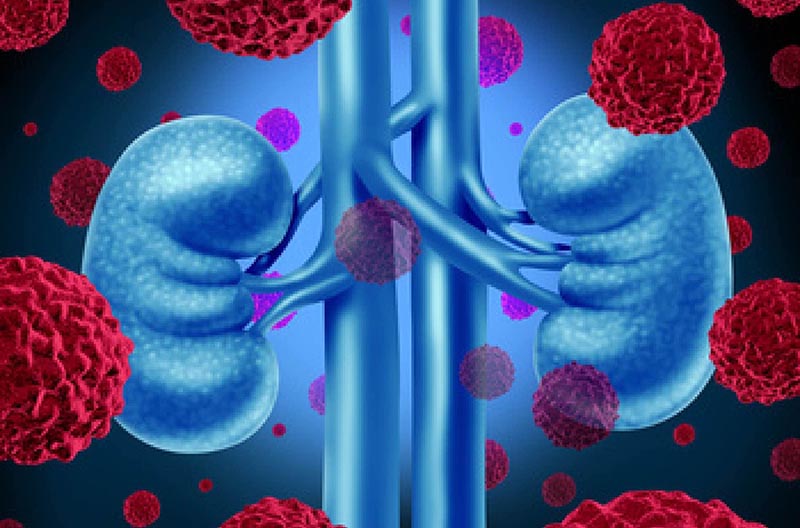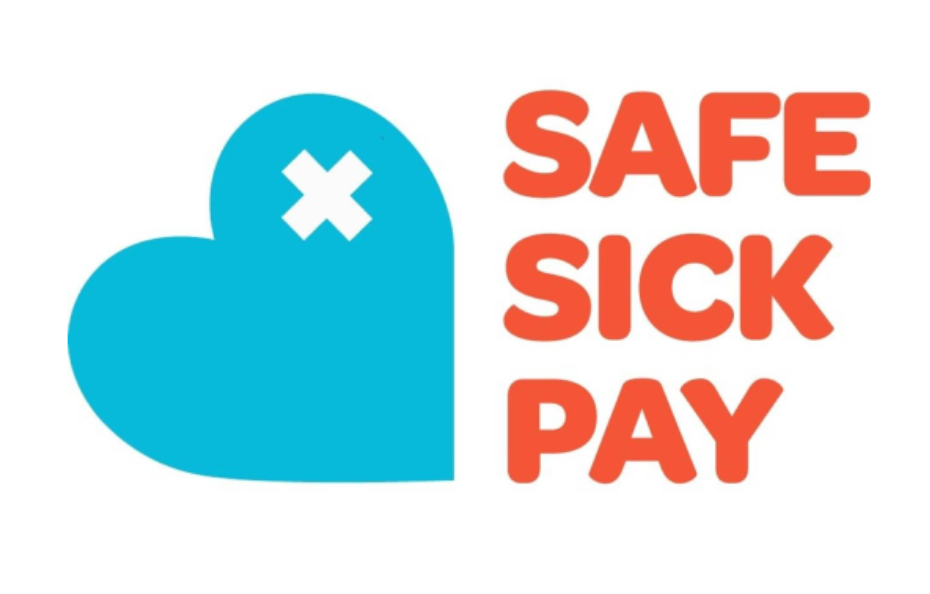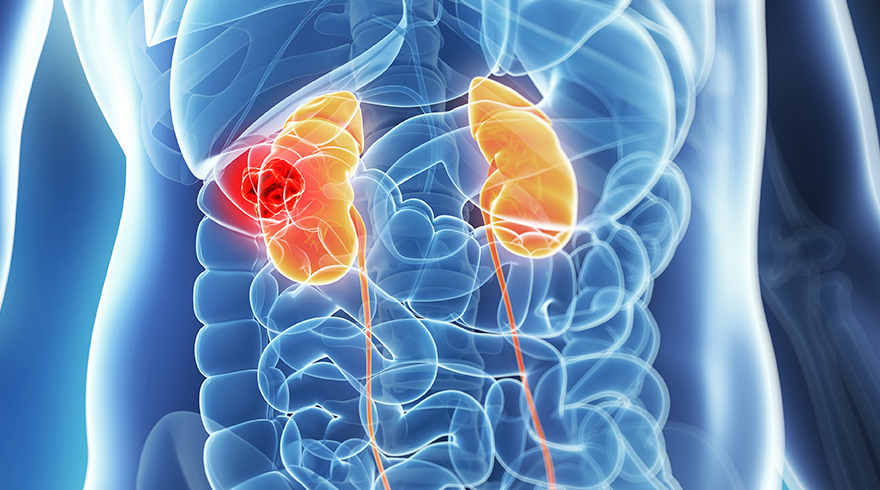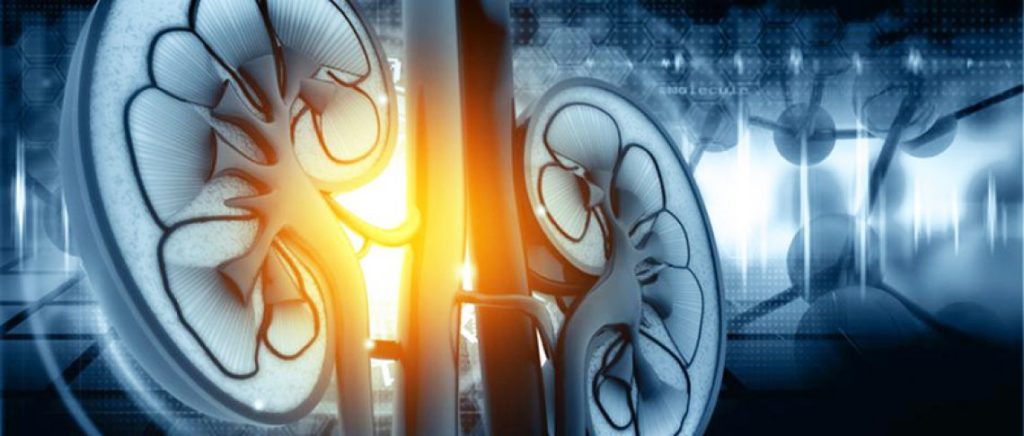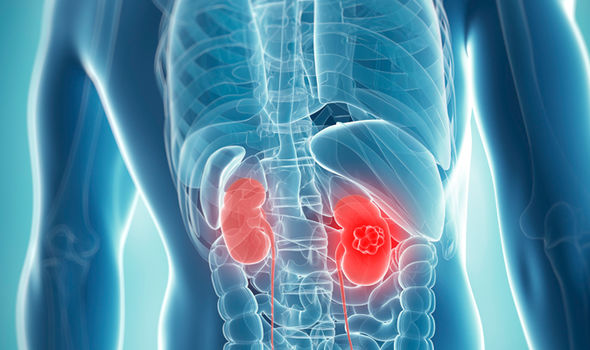Share this Page:
Patients with small renal masses are often over diagnosed and over treated. Kidney cancer guidelines recommend active surveillance for some patients; however, this is not often used by clinicians. A reason for this is a lack of agreement on the factors that prompt intervention. This review looks at 1870 patients from 10 studies undergoing active surveillance to identify the triggers for intervention for the treatment of small renal masses.
Median tumour size was between 1.7 cm to 2.3 cm and between 28.5%-83.3% of cases were malignant across the 10 studies. Overall, the median growth rate of the small renal masses ranged between 0.10 and 0.27 cm/year.
In the 10 studies, between 7% and 44% of patients underwent intervention, most commonly surgery. Triggers for intervention were either tumour-related (renal mass growth, stage progression, development of local complications/symptoms) or patient-related (patient preference, improved medical conditions, or qualification for other surgical procedures). After a median follow-up of between 21.7 – 57-6 months, 0-3.1% of patients developed metastatic disease, 0-4% died from their cancer and 0-45.6% died from other causes.
In summary, both tumour-related and patient-related factors are ultimate triggers for intervention in patients with small renal masses undergoing active surveillance. However, further research is needed to individualise active surveillance strategies according to both tumour biology and patient-related characteristics and values.
